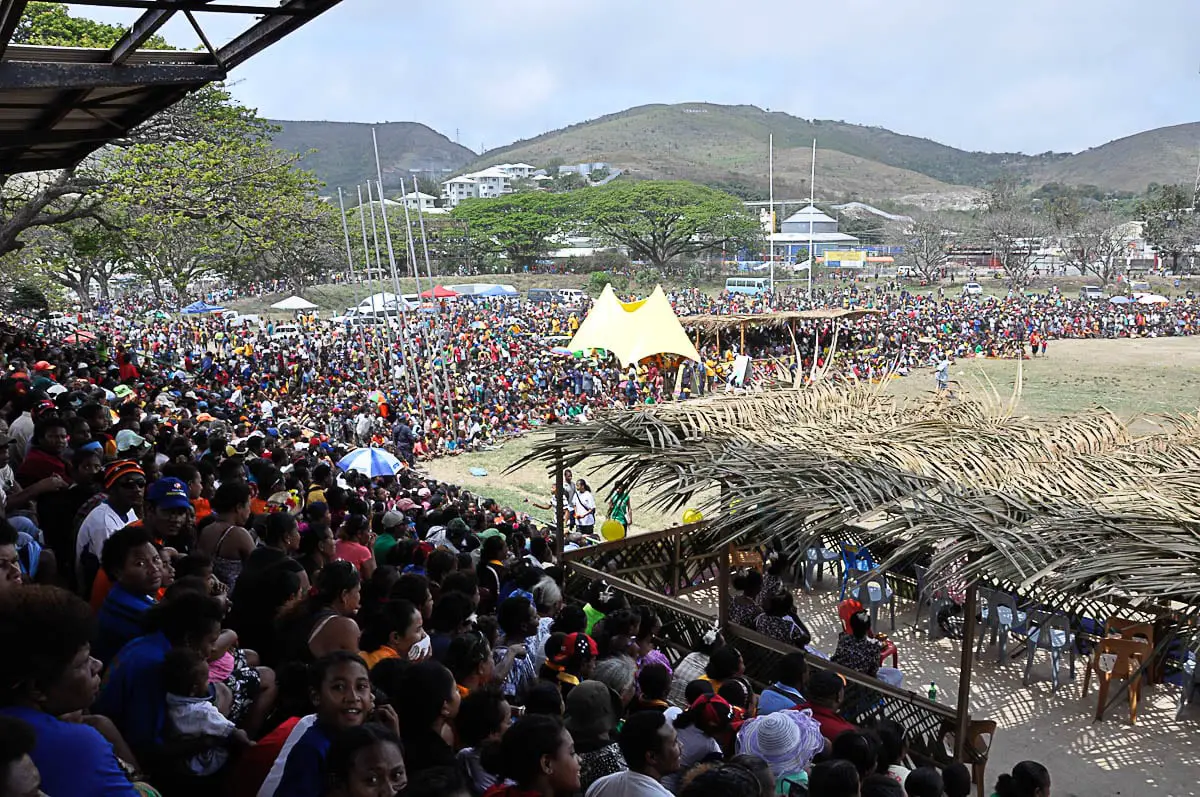


Smaller masks are used as headgear during dances and ceremonies or to depict ancestors in people's homes. Many types of ancestor, spirit and tumbuan masks are visible, both old and recent.Īncestor masks represent humans, often with holes in the eyes being a key feature.

Highlighting Papua New Guinea’s mask culture, it attracts artists and performers nationwide. The National Mask Festival takes place every year in Rabaul and is run by the PNG National Cultural Commission. Return Port Moresby flights between $360 and $430. Extensions for island visits and island stays possible. 2019 rates were 50 Kina ($18). Extensions for the end of the Warwagira music festival. Festival passes to be bought on site as the rate is set just prior to the event. Double or Twin occupancy Poolside Premier room $915pp. Double occupancy rates: Double occupancy Bayside Garden room $815 per person sharing.
#Hiri queen full
KOKOPO NATIONAL MASK FESTIVAL from $815 6 -10 July 2022įour nights’ bed and breakfast accommodation at the Rapopo Plantation Resort, Kinavai Ceremony, full day Rabaul and Kokopo land tour or Duke of York Islands tour, Dolphin swim, airport transfers. You can find the full details of the options here. I go on a yearly basis, and for 2022 have put together a 7-night Highlands tribes trip with four nights at accommodation at Goroka, one night in a locally-run guesthouse in an Asaro Mudman village, and two nights in the Western Highlands for Birds of Paradise and Melpa culture. You can open a full screen gallery here or watch a collection of video clips here Every tribe is stunning, headdresses are often an ornithologist's nightmare of feathers and often whole stuffed birds. Hornbill beaks and wild pig tusks are proudly worn, and feathers, grasses and leaves used as dress and decoration in a myriad of ways.

One tribe has giant bird and butterfly frameworks on their backs in a sort of Rio Carnival style, others act out stories about spirits and ancestors in song, shaven headed children with their hair made into beards playing the roles of pygmy ghosts. Brightly-coloured Mount Hagen warriors form a formidable spear line, but chant and whistle cheerily whilst grass-skirted Engan ladies dance and sing as their men beat out a tune on bamboo (and hardware store PVC) pipes with flip-flops. Fierce-looking Silimbuli warriors with blackened faces in huge hair-woven berets jump up and down in unison to the rhythm of their kundu drums, dissuading any challenge. There are a considerable number of women’s groups, wearing more birds in their headdresses than you’d find in a Philipino smuggler’s suitcase, their glimmering breasts sporting as many kina shells as they possess in order to display their wealth. Instead of fighting over ancient feds and cultural differences, the idea was to get together and celebrate diversity, take part in competitions, and intermix peacefully. The first “Goroka Show” was held in 1957, the brain-child of administrators and missionaries trying stop virulent inter-tribal conflicts and implemented by Australian Patrol Officers (PNG was under Australian administration until peaceful independence was arranged in 1975). In 2019 400 VIP passes were sold (to foreign visitors and PNG dignitaries), 110 tribes were present, and attendance over the weekend was between 30,000 and 40,000.Īlthough the dancers are keen to pose for the camera and readily struck a pose, it is far from a show designed for tourists. See a video here, or scroll to the bottom of the page. Amidst a riot of colour, singing, dancing, and feathers I wandered through the field of performers, taking pictures and trying to chat with the different tribes. In 2010, I was one of them for the first time. Only a couple of hundred foreigners attended this spectacular and unique event. Over the three-day weekend closest to the September 16 th Independence Day, over 100 tribes gather at Goroka in the Eastern Highlands for a celebration of their cultural diversity.


 0 kommentar(er)
0 kommentar(er)
